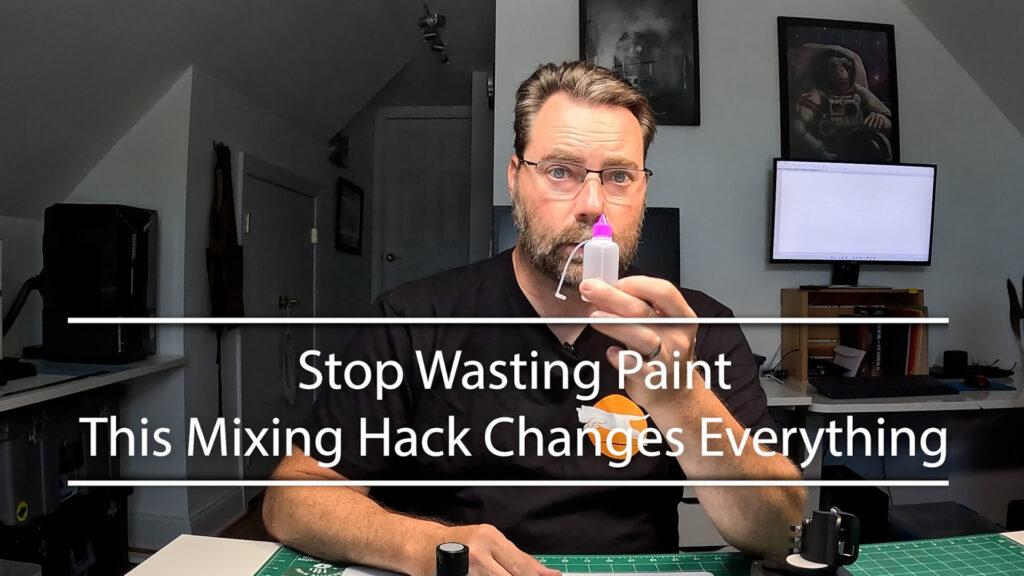How-To and Tutorials
A No-Fuss Way to Mix Paint That Just Works
Table of Contents
Watch Along: This Paint Mixing Hack Changes Everything
A No-Fuss Way to Mix Paint That Just Works
Mixing paint shouldn’t be a chore. And yet, how many of us have stood at the workbench, frustrated with thick paint, messy ratios, or wasted colors that dried out before their time? In this post, I’ll share the paint mixing trick that completely changed how I approach projects—especially when I’m brushing or airbrushing detailed HO scale models. It’s a simple setup using plastic bottles and a mixer, but it’s saved me time, money, and a whole lot of aggravation.
Whether you’re just getting started or looking for a better system, this one’s for you.
Let’s be honest—mixing paint can be a pain. For a long time, I dealt with thick, uneven paint that clogged my airbrush or left brush marks where I didn’t want them. I kept thinking, “There’s got to be a better way.” Turns out, there is—and it’s so simple I almost feel silly for not doing it sooner.
Here’s the trick: use little plastic bottles.
That’s it. I started mixing my paints right into these squeeze bottles with needle tips, and everything changed. Not only do I get consistent results every time, but the paint stays usable for months. No more guessing ratios or wasting half a bottle because it dried out.
What You’ll Need:
- Plastic dropper or needle bottles
- A cheap paint mixer (optional but worth every penny)
- Your go-to paint, flow improver, and thinner
- A willingness to let go of perfection
I walk through the whole process in the video above —from how I eyeball the mix to how I label everything (so I don’t confuse “matte tin” with “metallic brown #42” later). For me, it’s more of an art than a science. I mix until it feels right. And that’s the point—this doesn’t have to be complicated.
Why This Works:
Model building is already full of precision—track alignment, wiring, detailing. Paint mixing doesn’t need to add stress. This method frees me up to focus on what matters: making something I’m proud of. Whether I’m brushing in tight corners or hitting it with the airbrush, I know the paint will behave the way I expect.
And for those of you just starting out—don’t get caught up in trying to be perfect. Build your toolkit as you go. Try things. Break a few rules. This little paint trick isn’t fancy, but it works—and that’s often what makes the biggest difference.
Final Thoughts:
If you’ve been struggling with inconsistent paint or just want an easier setup, give this a try. It’s one of those small changes that adds up fast. I’ll be sharing more behind-the-bench ideas like this soon, so if you found this helpful, drop your email in the newsletter link below.
Keep building. Keep exploring. And most of all—have fun doing it.de helpful, subscribe to the channel and stay tuned for more hands-on locomotive rebuild tips. Happy modeling!
Real Words, Just Polished with a Little Help
Note: I used AI to help turn the transcript of my latest video into this blog post. The words and ideas are mine—I just got a little help organizing them and cutting out the fluff for those of you that are in a rush and to help search engines find me.

